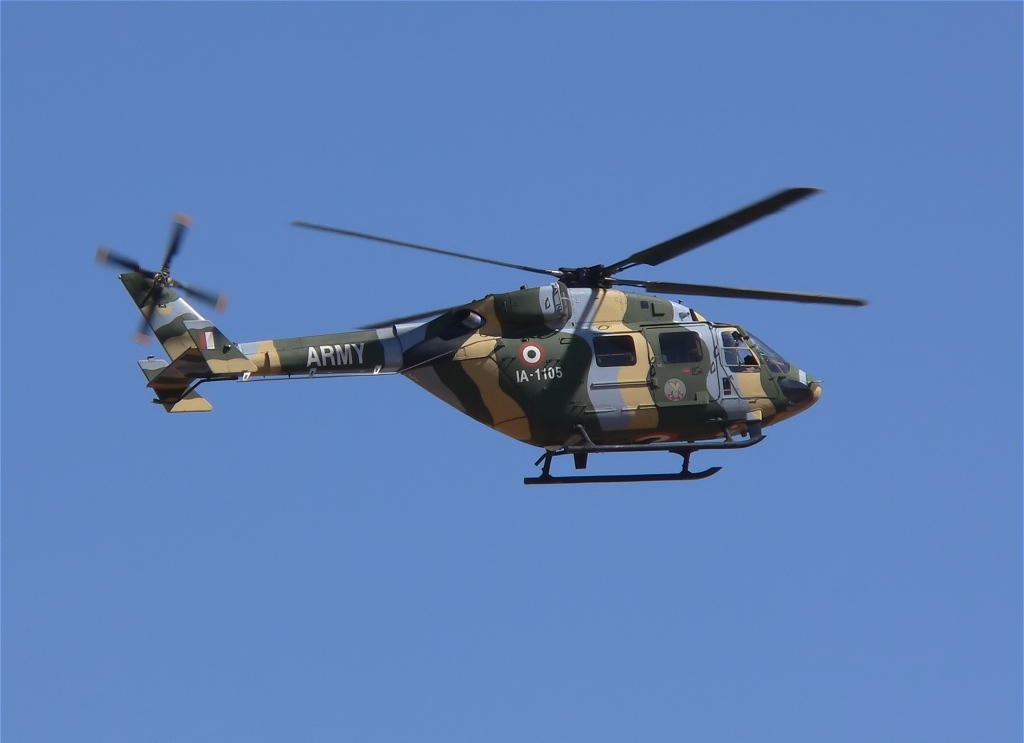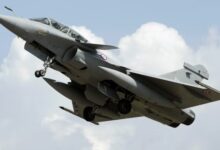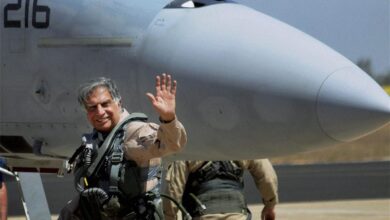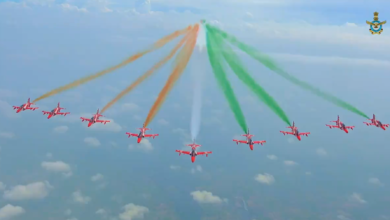IAF Dhruv Helicopters Overcome Design Issue With Upgraded Control System

- The Army took the advanced light chopper "Dhruv" off the air after it crashed in May of this year in Jammu and Kashmir.
- The Indian military has also expressed worries in the past about the metal of the "control rods" in the ALH gears.
The design problem that caused a string of crashes involving Indian Air Force (IAF) Dhruv helicopters has now been fixed.
The military’s advanced light helicopter (ALH), Dhruv, now has a better control system that makes it safer to fly.
In April of this year, the design of the locally made helicopters was reviewed by a top government agency that is in charge of certifying that military aircraft are safe to fly.
Making Dhruv Hindustan Aeronautics Limited (HAL) is giving ALH squadrons control rods made of steel instead of aluminum. S Anbuvelan, CEO of the HAL helicopter complex, told HT that this would make flights safer.
Control rods for 120 Dhruv helicopters have been sent to different units by HAL.
The design changes made to the Dhruv helicopter were very important because the Indian military uses about 330 twin-engine ALHs.
A multi-mission helicopter called the Dhruv has been in 12 crashes in the past five years. This month, ALH Dhruv landed on Bhopal as a safety measure.
The Army took the advanced light chopper “Dhruv” off the air after it crashed in May of this year in Jammu and Kashmir. The Army ALH Mark-III crashed in Kishtwar, J&K. It was the fourth big accident involving the helicopter in more than six months, and three people were killed. Two pilots and one soldier.
The Army had 181 ALHs, the IAF had 75, and the Coast Guard had 18. All of them were stopped last year for technical and safety checks.
The Indian military has also expressed worries in the past about the metal of the “control rods” in the ALH gears.
An source said that the design needed to be improved because the ALH is used a lot by the military and India wants to use its export potential.







Facebook Comments